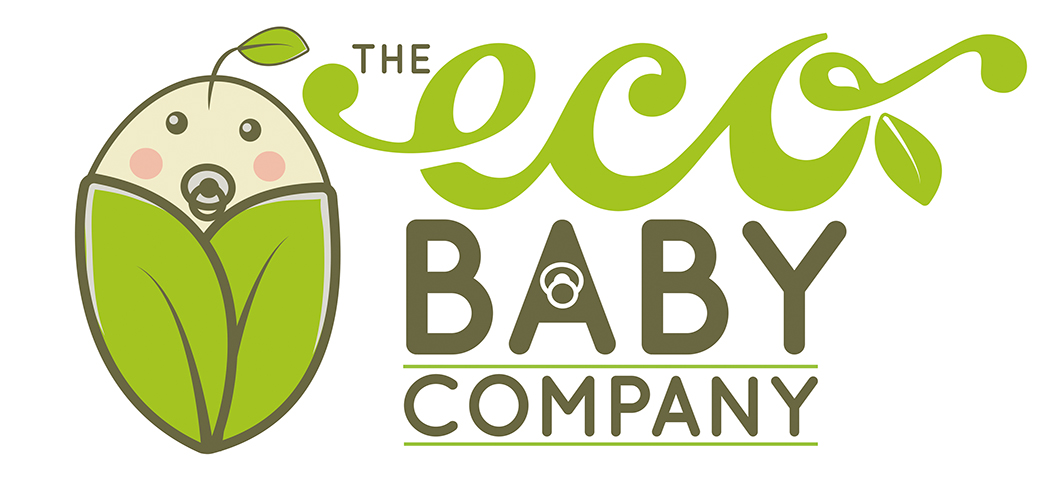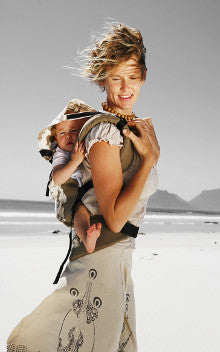Best-selling book, Baby Sense, covers the first year of your baby’s life – the time when development is at its fastest and most sensitive.
Three of the most common concerns of parents in their baby’s first year are:
- Why is he crying?
- How can I get him to sleep well?
- How can I enhance his development?
The answers to all these concerns have the same source: his sensory world. That is the key to whether a baby is happily awake, learning from his world, or falling asleep with ease and sleeping peacefully for long stretches at a time.
Baby Sense is uniquely based on sensory integration principles. Baby care consultants, Megan Faure (an occupational therapist) and Ann Richardson (a specialist nursing sister) pool their wealth of hands-on experience and professional knowledge to help you tune in to your baby and understand how sensory input affects your baby; what your baby's signals mean and how to respond to these signals by regulating his sensory environment and stimulation.
This knowledge will enable you to keep your baby calm, contented and free from colic; provide optimal stimulation at appropriate times; to enhance his development and ensure that he has positive early sensory experiences.
The first part of the book provides answers and explanations for the common questions of the first year - feeding, sleep and crying, from the perspective of your baby’s sensory world. The second part is divided into six age bands from birth to one year, with guidelines and practical advice on feeding and sleep, establishing a flexible routine, age appropriate routines and detailed suggestions for appropriate stimulation to enhance development.
Table of Contents
Chapter 1
Our sensory world
• What is sensory input • Our senses • How we process input • The sensory world of the womb
Chapter 2
How sensory input affects your baby’s state
• What sensory input does your baby absorb • Your baby’s states • Calming vs alerting input
Chapter 3
Preparing your baby’s sensory environment
• The nursery • Clothing • Mother space • Introducing your baby to the world
• Establishing a sense-able routine
Chapter 4
How your baby signals sensory load
• Understanding your baby’s signals • Approach signals • Warning signals • Fussing signals • Crying • Responding to your baby’s signals
Chapter 5
Sensory guidelines for feeding
• Breastfeeding guidelines and tips • Bottle-feeding advice • Supplementary and complementary feeds • The sensory experience of feeding
Chapter 6
Establish good sleep habits
• Understanding sleep cycles • Setting the stage for sleep • Sleep solutions • Secrets of success
Chapter 7
Crying
• Normal crying • Crying in the early days • Process of elimination (possible causes of crying)
Chapter 8
Fussing and colic
• A fussing baby’s distress signals • The colic cycle • How to calm your fussing baby • Regulatory disorders
Chapter 9
Development and stimulation
• Normal development and milestones • Developmental delay and giftedness • How to enhance development
Chapter 10
A sensory diet to enhance development
• Incorporate sensory input into everyday routine • A sensory diet based on timing, environment, activities and toys (TEAT framework)
Chapter 11
Care & development: Birth to two weeks
• Feeding issues • Sleep issues • A flexible routine • What’s baby up to? • Enhancing development • Baby massage
Chapter 12
Care & development: Two to six weeks
• Feeding issues • Sleep issues • A flexible routine • What’s baby up to? • Enhancing development • Postnatal depression
Chapter 13
Care & development: six to twelve weeks
• Feeding issues • Sleep issues • A flexible routine • What’s baby up to? • Enhancing development • Colic remedies
Chapter 14
Care & development: Three to six months
• Feeding issues • Sleep issues • A flexible routine • What’s baby up to? • Enhancing development • The importance of crawling
Chapter 15
Care & development: Six to nine months
• Feeding issues • Sleep issues • A flexible routine • What’s baby up to? • Enhancing development • Walking rings: caution
Chapter 16
Care & development: Nine to twelve months
• Feeding issues • Sleep issues • A flexible routine • What’s baby up to? • Enhancing development • Baby’s health, wellbeing and optimal development
THE AUTHORS:
Megan Faure
Megan Faure (Bsc OT, OTR) has worked in paediatrics for sixteen years both in the USA and South Africa. She is an active member of the South African Institute for Sensory Integration (SAISI) and the Western Cape Association for Infant Mental Health. Having specialised in both sensory integration and neurodevelopmental therapy she has worked with children with learning difficulties and motor problems and, in recent years, moved onto working specifically with babies and toddlers with sensory integration difficulties. These infants display extreme fussiness, poor sleep habits and, often, feeding problems. She is a lecturer for SAISI on treatment and theory specialization courses, lectures to professionals on various topics related to infant development and the treatment of infants and regularly gives parent talks on issues concerning development and child rearing. Megan is the founder and chairperson of Infant Sensory Integration Training programme. She also writes articles for magazines and has been published in the SAISI periodical. Megan is married with a son (born 1998) and two daughters (born 2000 and 2005), whose upbringing provides her with great joy - plus renewed awareness of the benefits of understanding a baby’s signals, structuring a flexible routine and providing an optimal sensory environment for their development.
Ann Richardson
Qualified nurse and midwife Ann Richardson, co-author of Baby sense, and author of Toddler sense, both bestsellers, has worked in the midwifery and paediatric fields for 27 years. Her third book, Sleep sense, co-authored with Megan Faure has just been published. Ann has been in private practice for the past 16 years, and introduced the first private well-baby clinics, now a well-known phenomenon at Doctors’ rooms and pharmacies across the country. Passionate about her work and dedicated to ensuring that parents have the necessary knowledge to enjoy and rejoice in their children, she regularly lectures to both professionals and parents on various baby and childcare issues, in particular the effects of the sensory system on infant behaviour, and the management of sleeping disorders. Her specialisation is the treatment of “difficult babies and toddlers”, in particular those with feeding and sleeping disorders. She is a regular contributor to nursing journals, internet sites, childcare publications, TV shows and magazines. Ann is married to Ken, and has 2 daughters, Ellen and Maeve, and lives and practices in Johannesburg.



















